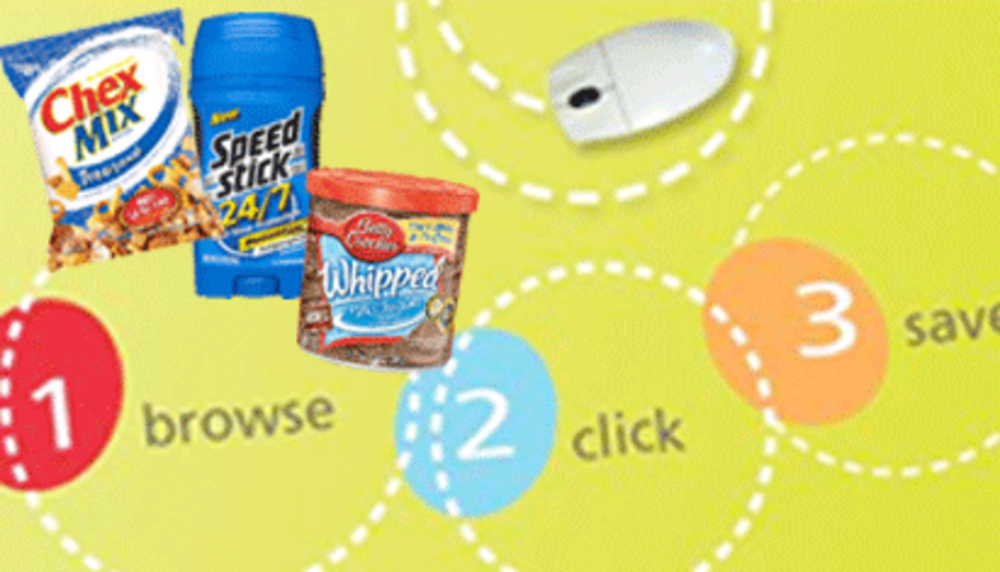Last week Safeway became the latest grocery chain to partner with Cellfire, offering the latter’s digital couponing service as part of its ever-expanding CRM efforts. One of the nation’s largest grocery chains, Safeway is a frontrunner in the loyalty program arms race that is pushing the industry to test new strategies and technologies to woo today’s budget- and time-conscious consumers.
The Cellfire partnership is part of Safeway’s CouponLink program, which rolled out nationwide last week. It allows Safeway Club Card holders to search the online and mobile coupon providers Shortcuts.com, Cellfire and P&G eSaver for offers, which are then automatically loaded to Club Cards. Cellfire and Shortcuts.com coupons can also be downloaded by mobile phone at the store — all efforts to encourage repeat shoppers.
“Our customer loyalty strategy is based on customer insights,” said Teena Massingill, manager of corporate public affairs at Safeway. “If you want to service your customer, you have to go where the customer is. So, if they are online, you have to offer ways for them to save or learn what is available online. If they spend most of their time on their cell phones or lots of time coupon clipping, you need to make it easier for them to use coupons.”
Digital coupons and other loyalty efforts have been booming in the grocery industry. According to the 2009 Colloquy Loyalty Census, grocery stores can claim 153.3 million loyalty program members — a 23% increase since 2007. Coupons.com, a Web site with coupons from grocery stores and manufacturers including Safeway and Rite Aid, has reported that in the first five months of 2009, the value of savings from coupons printed on its site increased 212% compared to the same period last year.
Steven Boal, CEO of Coupons.com, noted that more grocery stores are working with their manufacturer partners in the digital space. “We are seeing trade dollars move toward digital couponing,” he said. “We’re seeing a bit more manufacturer and retailer joint promotions. It is a viable opportunity to communicate and work together on a promotion.”
The economy has played a role in the rise of digital coupons because consumers want new, easy ways to save money. But stores want to be economical with their spend as well and are finding that digital coupons are often more effective and less expensive to put into the market than traditional paper circulars.
“Mobile couponing really is a really big trend,” said Brent Dusing, CEO of Cellfire. “A lot of the grocers have historically used paper to market to people, and now they are realizing that in the 21st century everyone has mobile phones and uses interactive services on the phone and online. The mobile phone is the one device the consumers have with them all the time and can interact with as they are shopping.”
Digital coupon programs offer another perk: They’re easy to track, especially with programs like Cellfire’s, which requests that consumers register on the site and then automatically sends their coupons to their store loyalty cards.
“We do collect a lot of unique information about the shoppers and their usage of coupons and offers — information around location and demographics and purchasing — which we can then share with our partners,” Dusing said. “It allows the grocer or CPG manufacturer to produce better and more meaningful offers and more effective marketing messages to the consumer.”
“There is the opportunity to gather data,” agreed Massingill, “but the idea is to gather that to better serve the customer.”
Kelly Hlavinka, a partner at Colloquy, agrees that better serving customers should be the driving force behind grocery loyalty programs, but better data gathering and usage are required.
“The major benefit of these programs is the deployment of data to make the experience that much better for customers, to be able to understand who really are the most profitable customers and what they really buy from you,” she said.
While many stores rely on the two-tier pricing systems created by membership cards, Hlavinka anticipates that industry leaders will soon leverage a rewards and recognition mix to engage customers in more valuable relationships. In-store kiosks, currently being rolled out by Coupons.com, handheld scanners and offers that encourage word-of mouth promotion are all on the cutting edge of the grocery loyalty industry, she said.
“It’s a very competitive industry, and your customer always has an opportunity to shop elsewhere,” Massingill pointed out. “You need to respond to their needs and offer something new. It all comes down to keeping the customers you have and expanding the customer base by finding out what they need and the best way of delivering it.”






